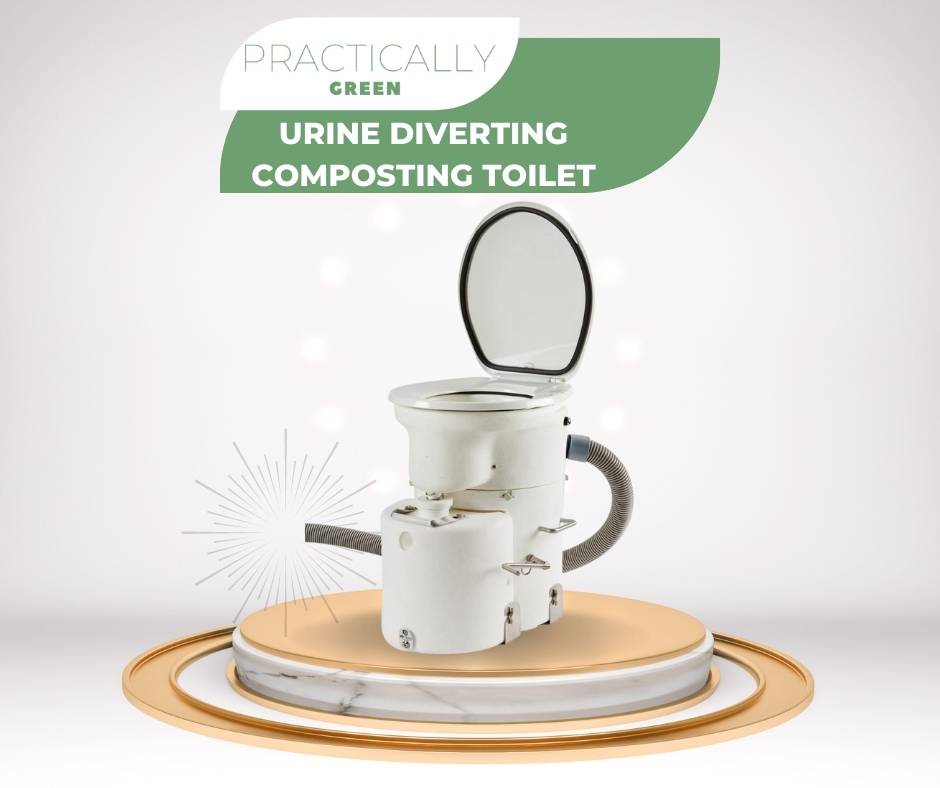
What is a urine-diverting toilet?
A urine-diverting toilet is different than a flushable toilet because it uses two separate chambers. Urine is directed into one side of the chamber while solid human waste is directed into the other.
The use of the urine-diverting toilet is an environmental-friendly alternative to traditional flush toilets. The UDDT, as it’s known, has a design that separates liquid and solid waste from one another.
Urine diversion is achieved by UDDTs by allowing urine to pass into a separate urine storage tank. After this separation, the solid material left over can be mixed with dry bulking agents and composted in an external composting chamber where it will be broken down by microbes over time.
With today’s world becoming more environmentally conscious, UDDTs provide a healthier and more sustainable alternative for communities, homes, and even public restrooms.
Urine diversion is a key component of UDDTs because it prevents human waste from being contaminated by liquids. Urine separation also reduces odors that can be found in traditional composting toilets.
Composting toilet systems are becoming more popular in the United States as people realise they can save water and therefore reduce their environmental impact – and their water bills!
How does urine diverting composting toilets work?
A urine-diverting toilet is a type of composting toilet and it looks like any other conventional toilet, but they separate human excreta into two different tanks. Urine and solid wastes are stored separately.
Urine diverting toilets are a sanitation technology that separates human waste into two different tanks. Why is this necessary? This separation process prevents the solid waste from being contaminated with liquid and vice versa, making composting easier and reducing any potential odor problems.
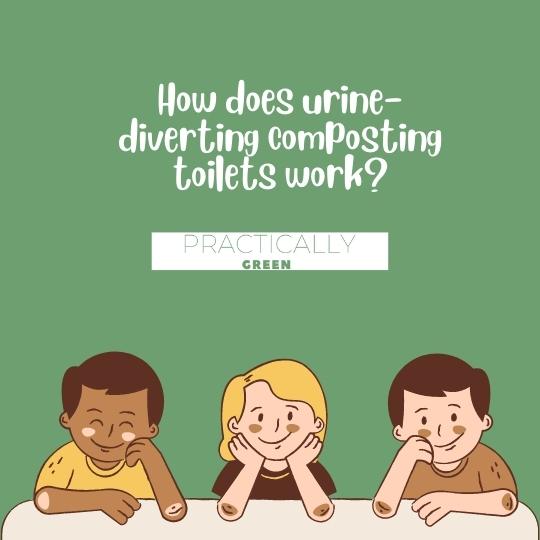
Solid human feces and toilet paper go to one tank, whereas liquid waste goes to the urine storage tank. The solid human feces is placed into a container that will promote an environment conducive to the growth of microorganisms that can break down the organic matter. Once the composting process is complete, it can be used as fertilizer or soil conditioner.
This urine-diverting toilet does not require any sewer connection, since the urine collection is separated from the solid wastes and disposed of separately.
Why do human urine and feces get separated in a urine-diverting dry toilet?
The main reason to separate urine and feces is that it helps the solid waste to compost better, whilst the urine can be used as fertilizer straight away.
Human urine and feces are separated because they can be detrimental to one another if they were mixed together. Urine is able to inhibit the composting process because of its high nitrogen content and high pH. When urine and feces are mixed together, they can encourage the production of odors and harbor insects, pests, and disease-carrying flies.
Organic matter comprises about 50% of our poo and thus much more than just fecal matter ends up on the compost pile. Urine, on the other hand, is mostly water and thus can be disposed of in a convenient way that does not affect soil fertility.
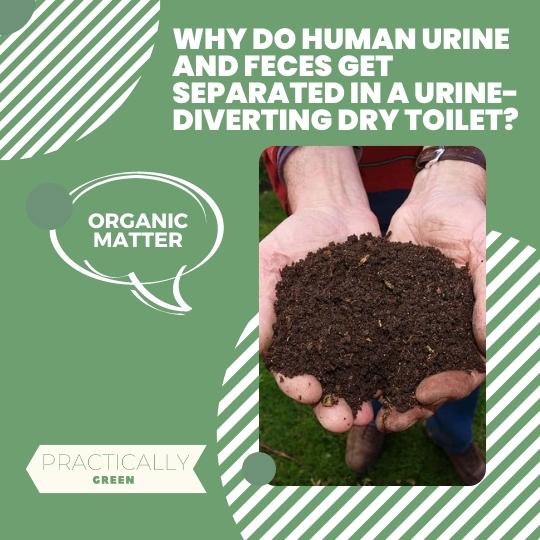
There are other advantages to separating these two wastes, especially when it comes to composting toilets. Urine diversion means that the UDDTs don’t require much water consumption since most water in a traditional toilet is directed towards diluting and flushing the urine and feces out of the toilet bowl and into the sewer system.
Separate urine collection means it can be used as fertilizer instead of being wasted in sewers.
Urine diverting toilets can be built for household or community use, like in schools or public restrooms, especially in areas that may not have a regular water supply.
UDDT toilets are now more affordable than ever before which has made them an attractive option for government projects in developing countries around the world.
Why you should consider buying this type of composting toilet
Reduce pollution
Pollution is a worldwide problem that affects everyone. The world’s wastewater systems are failing to keep up with demand, resulting in untreated sewage being dumped into rivers and seas.
This has a knock-on effect on the wildlife that depend on these water sources, as the contamination can inhibit the local aquatic life. Urine diversion composting toilets are a great way to protect waterways from pollution.
Save energy
Lots of energy is used to get water into a conventional toilet, only to be flushed straight back down into the sewer! More energy is then used to pump and treat the wastewater.
One way to help reduce your part in this problem is to utilize a urine-diverting composting toilet (UDDT). Because UDDTs collect human urine in a separate front section and it doesn’t mix with solid waste, UDDTs only require a small amount of water to flush the toilet bowl. This reduced flushing means UDDTs use much less water, which means less energy used.
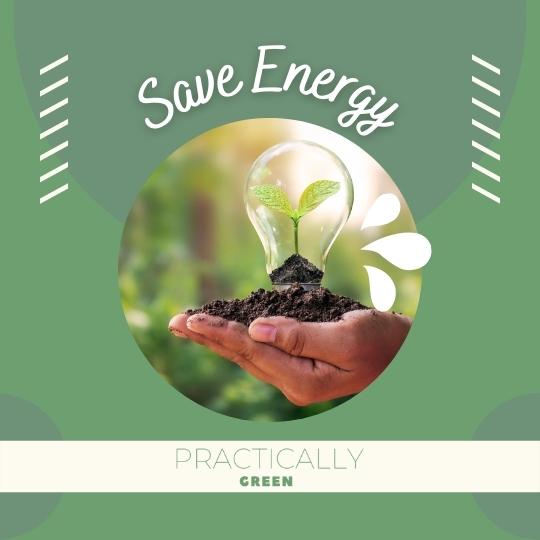
Save money
UDDTs are affordable to buy and require little maintenance.
UDDTs produce no wastewater, which means they also do not require a water or sewage connection, making UDDTs a very affordable option.

They are simple to use
In addition to their environmental benefits, UDDTs have been shown to be simpler than conventional flush toilets in terms of installation costs and maintenance requirements.
A urine-diverting toilet is a waterless, chemical-free composting toilet that takes advantage of the natural decomposition process to turn human waste into fertilizer. UDDTs are not only eco-friendly but also safer and more sanitary than traditional flush toilets because they do not use any chemicals in the decomposition process.
Reduce water use
It has been estimated that replacing flush toilets with UDDTs could save up to 4.64 billion gallons of clean water per day in the United States alone. This much water would fill up over 3 million Olympic-sized swimming pools!
Are urine-diverting toilets safe to use?
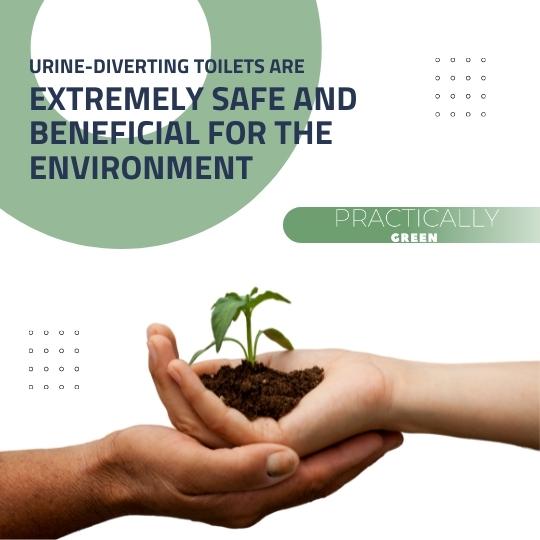
Urine-diverting toilets are extremely safe and beneficial for the environment. These composting toilets allow users to dispose of all fecal matter while conserving water, experiencing improved sanitation and hygiene, reducing greenhouse gas emissions, and preventing water pollution caused by runoff from sewer systems.
A urine-diverting toilet is a type of compost toilet that separates liquid and solid waste. It has two containers, one for solids and another for liquids. The system uses an external vent pipe to expel the gas created by decomposition from the solids container.
Urine-diverting toilets are still fairly new to most people but they have been proven to be a safe toilet solution, as long as there is adequate ventilation, with little risk of groundwater contamination because they lack water.
They also produce fewer greenhouse gases than traditional flush toilets because less water needs to be processed in order for them to work properly, and the waste is composted locally rather than being treated in an energy-intensive sewage plant.
Do UDDTs smell bad?
The question of whether urine diversion toilets have odor problems is often debated. While some homeowners report that their composting toilet does not emit any odors, others believe they do have a smell and are looking for solutions to eliminate it.
Despite many misconceptions, urine-diverting toilets don’t smell any more than a standard flush toilet.
A UDDT does not produce odorous gas emissions because the anaerobic bacteria are colonizing the waste, not releasing odor. The smell of urine is a product of bacterial decomposition, and this process happens in aerobic conditions: with no additional oxygen provided. This makes indoor composting toilets more suitable as they produce less stinky smells.
Most composting toilet systems have a vent pipe and chimney. A simple toilet of this model is the Sun-Mar Excel line of composting toilets which have an internal fan to blow out odors through the vent pipe.
What you can do to be sure of eliminating odors
- Select the right toilet design. The best toilets do not produce bad smells, and this is because of their ventilation system which provides enough air inside the compost bowl to facilitate aerobic decomposition.
- Keep your compost dry. Moisture makes the decomposition process faster, and it also helps produce volatile compounds that cause bad smells. So make sure your compost can dry out quickly enough to eliminate any odor problems.
- Keep your toilet clean. Good sanitary conditions accompany good hygiene and help eliminate any smells. Make sure to clean and disinfect the toilet seat regularly. You can disinfect the toilet with vinegar, as an environmentally-friendly alternative to standard chemicals. Just make a mixture of one part water and two parts white vinegar, and add it to your toilet bowl before flushing away. This will kill any bacteria that cause odor in your container.
Common misconceptions about the use of UDDTS
There seem to be many misconceptions about urine-diverting toilets.
They require a lot of water!
One of them is that they require a lot of water. This is misleading to some people since the toilet doesn’t flush as a regular toilet does, and therefore doesn’t require an excessive amount of water each day for flushing.
Urine-diverting dry composting toilets are a good toilet solution for those looking to avoid plumbing in rural areas.
They can only be used in the countryside!
One of the more common misconceptions about urine-diverting toilets is that it’s only appropriate or necessary in a rural areas where septic tanks and sewer systems can be more difficult to access or use.
Yes, UDDTs are great for rural areas. But many cities have environmentally conscious residents who use a UDDT whilst living in an apartment or condo building. When it comes to indoor use, dry composting toilets are also ideal for your holiday homes, camper vans or RVs, and boats.
A urine-diverting toilet is expensive!
Another common misconception about the use of urine-diverting dry toilets is that they’re expensive to install. In fact, while the cost of installing this type of composting toilet may initially be more expensive than conventional options, it will pay off over time as they help decrease your monthly utility bills.
You’ll get insects and flies!
Insect problems are also commonly associated with dry composting toilets. However, insects are able to be prevented by simply installing a fan in the toilet, to ensure proper ventilation.
A fan will help keep the air circulating and clear out any odors that may attract the insects. Many composting toilet systems come with a fan included.
FAQs
Can you pee in a dry toilet?
Yes! Peeing in the UDDT is no different than peeing in any toilet.
Does a urine-diverting toilet look different?
There are many different toilet models available, and they look similar to a regular toilet.
Do you need to empty the urine container often?
The volume of the urine container will depend on which model you purchase.
Where do you empty urine from a composting toilet?
A composting toilet is intended to be emptied into a compost bin or pile, not the sewer system. The urine can be used as an excellent nitrogen source directly, without further composting.
Conclusion
If you’re looking for a great way to conserve water and reduce your impact on the environment, then it’s time to take advantage of urine-diverting toilets. These environmentally-friendly, innovative composting toilets are growing in popularity for good reason!
| Image | Product | Our Score | Learn More |
|---|---|---|---|
Most Reliable 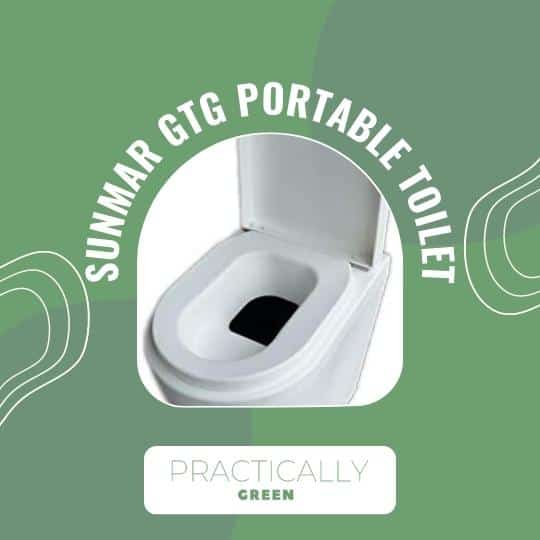 | Sun Mar GTG Portable Toilet Sun Mar has a patent for the most efficient composting method, all while having a long-standing history of creating and producing composting toilets. | 9.2 | Check Latest PriceRead Full Review |
Best Value 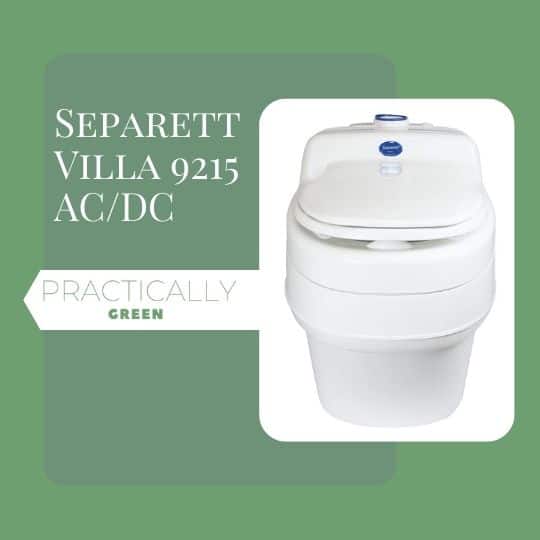 | Separett Villa 9215 AC/DC Separett has been developing waterless toilet solutions for over 40 years with the goal of improving quality of life and making everyday living easier and more pleasant for everyone. | 9.5 | Check Latest PriceRead Full Review |
Best Overall 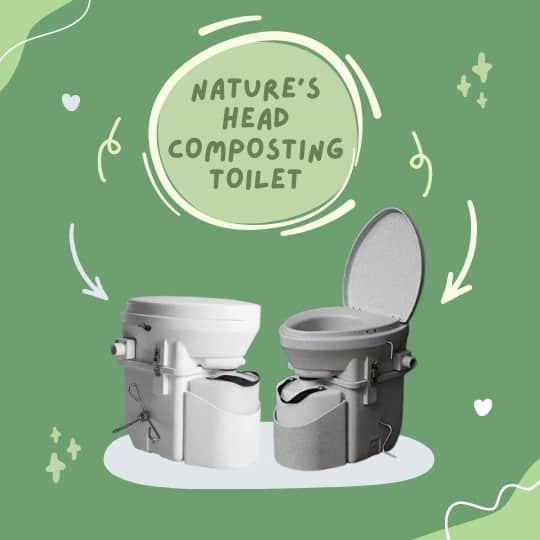 | Nature’s Head Composting Toilet The Nature’s Head composting toilet is one of the most popular models out on the market right now. Tiny house owners absolutely love them, and for good reason too. | 9.1 | Check Latest PriceRead Full Review |
Best Value 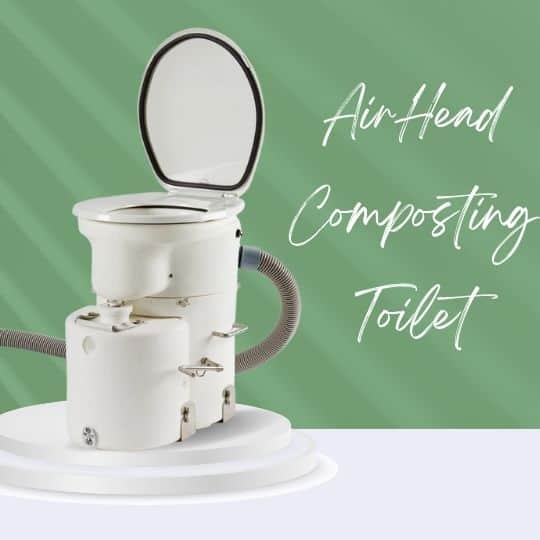 | Air Head Composting Toilet A convenient installation for mobile lifestyles. It eliminates the need for water flushing, is easy to use, has a female-friendly design, and is water efficient, | 8.8 | Check Latest PriceRead Full Review |
